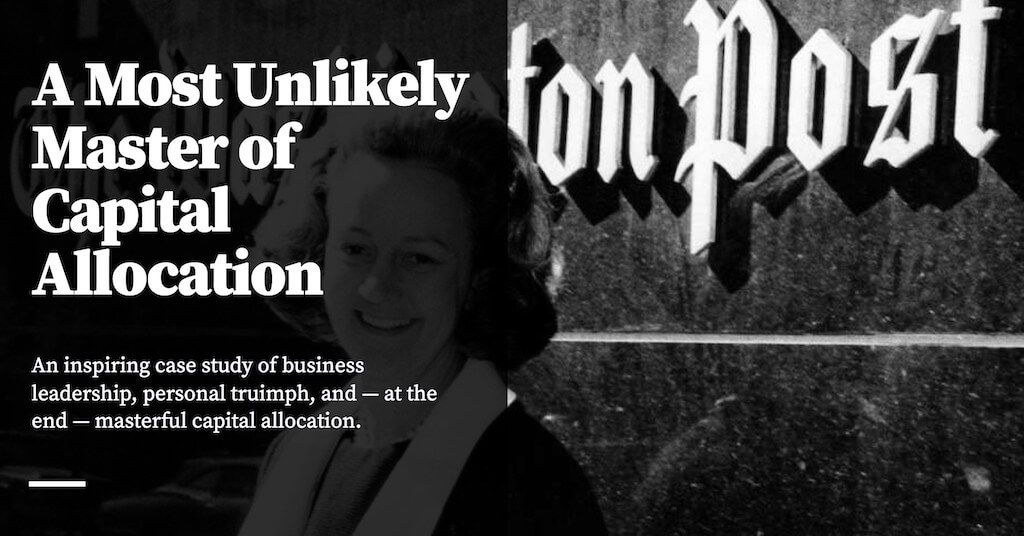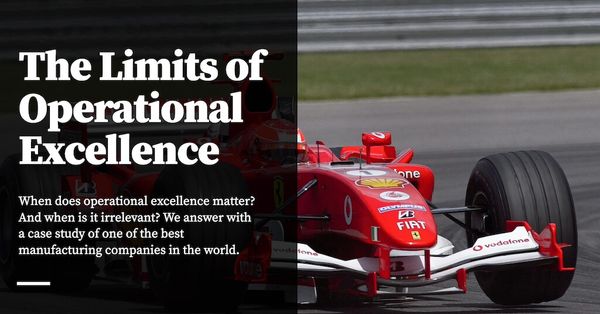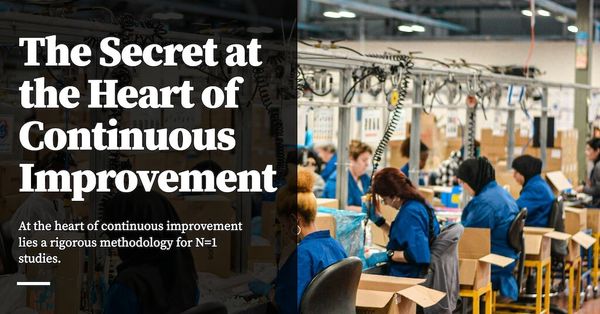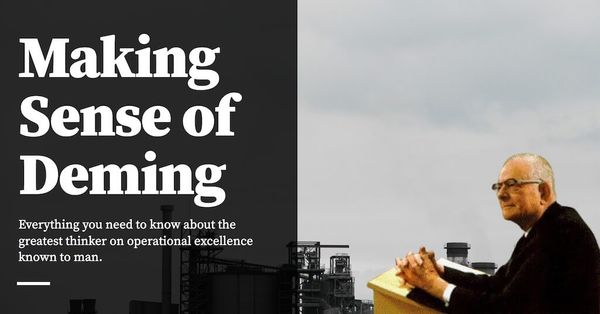If the most unlikely, most un-businesslike person could become a masterful capital allocator late in her life, then perhaps you could, too.
This is Part 12 in a series on the expertise of capital in business. You may read the previous part here.
This is intended to be the final entry in the Capital Expertise series. It is chosen for a reason. During our previous discussion of capital allocation, I brought up what is sometimes called the ‘Buffett test’: “has a CEO created at least a dollar of value for every dollar of retained earnings over the course of her tenure?”
I explained that the test seems reasonable, until you actually stop to think about it for a bit, at which point you realise it's basically insane:
Let’s walk through a concrete example. Google is a good business, yes? It has a powerful moat, and has as close to a monopoly as possible in one of the most lucrative markets in the digital economy. It generates billions of dollars in profit a year, at eye-watering margins. It has more cash than it knows what to do with. And therein lies the problem.
Alphabet — Google’s holding company — has spent more than $30 billion dollars on ‘Other Bets’ — at least, that we know about; it only broke out the expenditure as a separate category in 2015. In practice it’s probably spent more than that. Has this investment resulted in $30 billion in value? No. Let me restate that question, so that it’s clearer: will the expenditure produce a new set of businesses that are together worth more than $30 billion in enterprise value? The honest answer to that is ... maybe — we shall see. But remember Buffett’s test: has the CEO produced at least a dollar of value for every dollar of retained earnings? Right now Alphabet spends $1.5 billion every quarter on Other Bets — which is $1.5 billion of retained earnings that could’ve gone to other things, had it not been spent in service of a moonshot project. Every dollar incinerated each quarter is a hole that a winning bet must fill in later, if Alphabet CEO Sundar Pichai wants to even have a shot of passing Buffett’s test.
It’s not impossible, but the hole keeps getting bigger every year.
For reference, Singleton produced 2.0x the value for every dollar retained in Teledyne. Buffett himself produced 2.3x in Berkshire, at least as of 2007. This is what world class looks like.
There are two points that I want to make with the above snippet.
First, how ridiculously hard it is to pass Buffett’s test.
Second — and this is perhaps less obvious until explicitly stated — a) great companies with remarkable moats can suck at capital allocation and still do fine, but also b) great capital allocation can make up for a lack of a moat — a counter-intuitive idea we’ve explored elsewhere in the series.
With these two ideas in mind, let’s talk about the Washington Post.
Originally published , last updated .
This article is part of the Capital topic cluster, which belongs to the Business Expertise Triad. Read more from this topic here→





